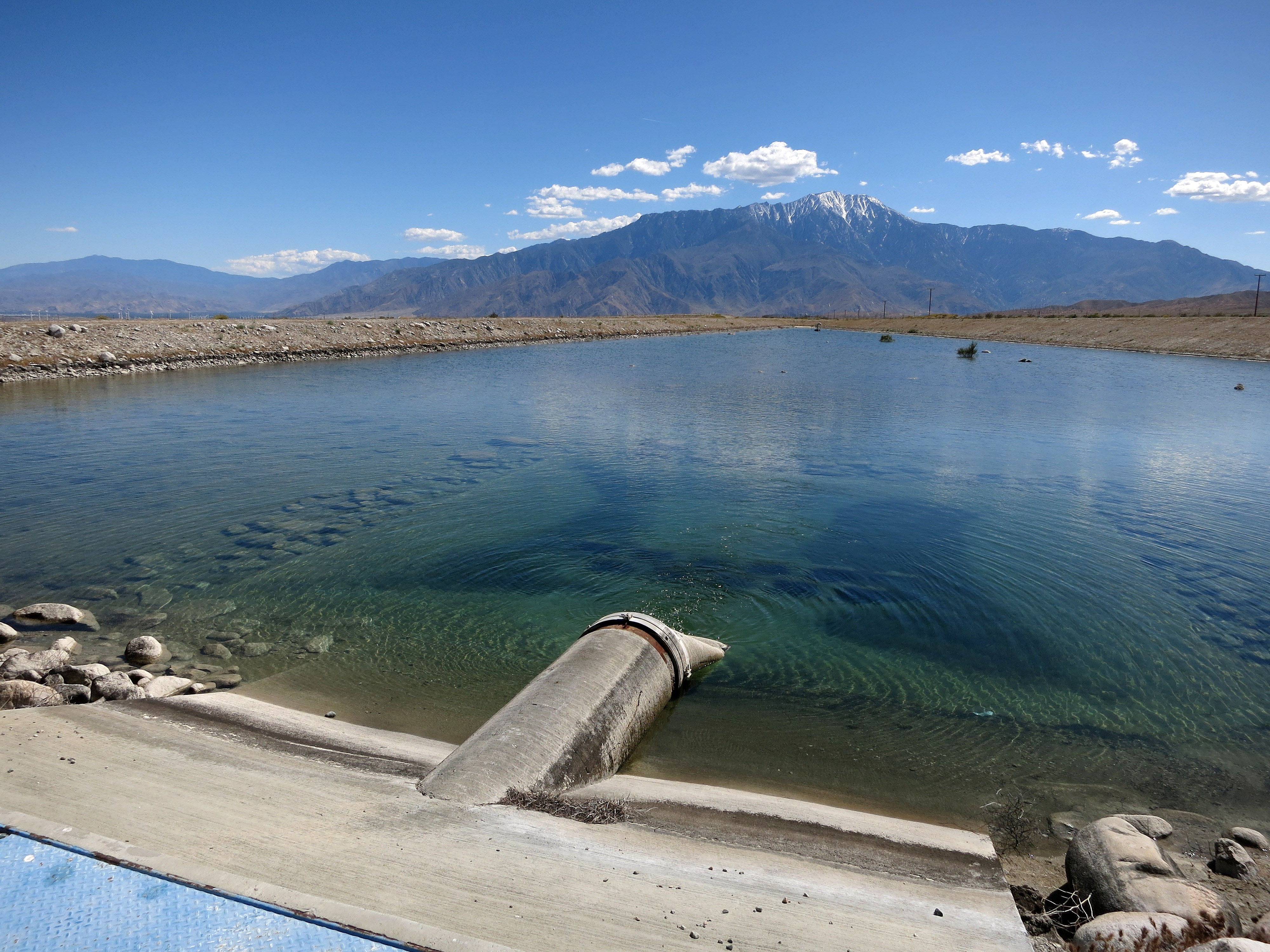
Recharge Basin
Asset Type : Enhanced
Water Classification:
Stormwater
Source Water Recharge
Combined Sewer Overflows
Stormwater
Source Water Recharge
Combined Sewer Overflows
Construction Rank :
2
O&M Rank :
3
How it Works : The deliberate engineering of facilities to dispose of stormwater by infiltration into the ground.
O&M Required : Remove sedimentation, allow proper drying and mow.
Design Considerations : Basin recharge is feasible wherever the following conditions exist: 1. The soils, excluding the top 5 ft. (1.5 m) of surface soil, are relatively permeable, 2. Unsaturated conditions exist to a considerable depth below the surface. Infiltration cannot occur if a soil is already saturated by permanent groundwater. For a design to be valid, a good rule-of-thumb is that the depth of unsaturated soil below the proposed basin floor is greater than 25 percent of the peak basin operating head. The peak basin operating head, H, is defined as the maximum depth of water permissible for the proposed basin, 3. Unsaturated soils are not laterally confined, i.e. they have the capacity for water to move and store horizontally, and 4. Sufficient space is available for sitting single or multiple basins in the project vicinity. Maximum use should be made of the surrounding natural terrain, interchange loop interiors and other depressions. Substantial runoff can be disposed of by infiltration in a very small space.
Costs : The cost for recharge basins are relatively low with costs depending on size and existing conditions.
Benefits : Replenish groundwater. disposal by this method may potentially be much less expensive than storm sewer networks. With the recharge concept, runoff from small local areas is simply collected and directed by a short trunk to an available or planned depression for quick and harmless infiltration.
References:
Image by: Ron Gilbert via https://www.flickr.com/photos/23161425@N08/33807310178/in/photostream/